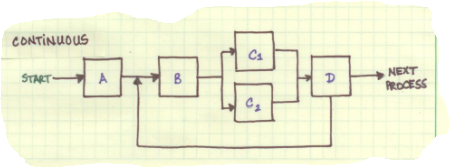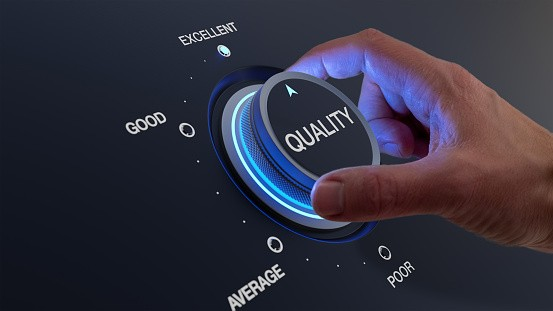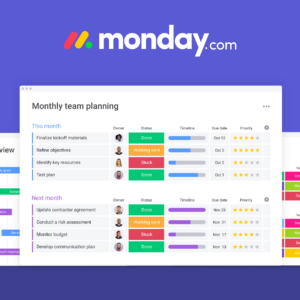I clearly remember the first time I ever gave a presentation on business processes for small companies. I was so proud of myself.
When it came time for the Q&A session, a man raised his hand and boldly proclaimed, “Well what you said sounds nice, but it doesn’t apply to my business”!
After probing about his business, I learned that this entrepreneur owned a packaged foods distribution company. I then told him, “Your entire distribution chain is a process. Just like Amazon®, you have a process for accepting payments for new orders, a process for fulfilling the order, a process for confirming order shipment and many more. The real question is, ‘are your processes documented”?
There was an awkward pause at that moment. At the time I wasn’t sure if that was a good or bad thing. I now look at that experience as a “teaching moment”.
The term “process” is used so loosely and comes with all kinds of myths, misconceptions and misinformation. It’s no wonder why so many entrepreneurs and corporate executives alike resist the adoption of continuous process improvement.
This guide is designed to provide a simple, yet comprehensive introduction to the world of continuous process improvement and show you how you can apply its principles to increase the efficiency and effectiveness of your company’s daily operations.
Part 1 of this 8-part guide covers the common types of processes and their respective flow patterns.
[mk_fancy_title tag_name=”h2″ style=”true” color=”#000000″ size=”18″ font_weight=”inhert” margin_top=”0″ margin_bottom=”10″ font_family=”none” align=”left”]TYPES OF PROCESSES[/mk_fancy_title]
There are three general classifications for processes:
1. Natural: processes that involve the flow or rate of change without human intervention
2. Manufacturing: processes that involve the flow of tangible goods
- Chemical: flow of liquids and gases
- Electrical: flow of electrical current
- Industrial: flow of packaged or pre-assembled goods
3. Transactional: processes that involve the flow of intangible goods (i.e., services)
- Business: flow of work or information
These types of processes are vastly different and range in complexity. However, there is one thing they all have in common – flow.
[mk_fancy_title tag_name=”h2″ style=”true” color=”#000000″ size=”18″ font_weight=”inhert” margin_top=”0″ margin_bottom=”10″ font_family=”none” align=”left”]TYPES OF PROCESS FLOWS[/mk_fancy_title]
Flow represents movement and can happen in a variety of ways:
1. Series
A type of process flow where steps occur linearly or one right after the other.
 In the example above, steps A, B and C occur sequentially before reaching the end of the process.
In the example above, steps A, B and C occur sequentially before reaching the end of the process.
2. Parallel
A type of process flow where two or more steps can take place at the same time.
 In the example above, the process can happen quicker (in comparison to a series flow) since two paths of steps (B1 and B2) occur at the same time. The paths merge at step D before reaching the end of the process.
In the example above, the process can happen quicker (in comparison to a series flow) since two paths of steps (B1 and B2) occur at the same time. The paths merge at step D before reaching the end of the process.
3. Batch
A type of process flow that includes temporary stopping points or waiting periods.
 In the example above, step A does not flow directly to step B. There is a temporary stop along the way. This is also known as waiting in queue.
In the example above, step A does not flow directly to step B. There is a temporary stop along the way. This is also known as waiting in queue.
4. Continuous
A type of process flow where movement happens without interference.
 In the example above, the process does not end with step D. Instead, it splits in two directions. Part of D’s output goes to another process and another part of its output feeds into an earlier part of the process.
In the example above, the process does not end with step D. Instead, it splits in two directions. Part of D’s output goes to another process and another part of its output feeds into an earlier part of the process.
Now that you are aware of the different types of processes and flow patterns, go to Part 2 of this series to learn more about business processes and why they are like recipes.
**********************************************************
At Equilibria, we create processes that enable small business operations to flow during the chaos that comes with fast growth. Click here to learn more and sign up for a free, no obligation consultation.











